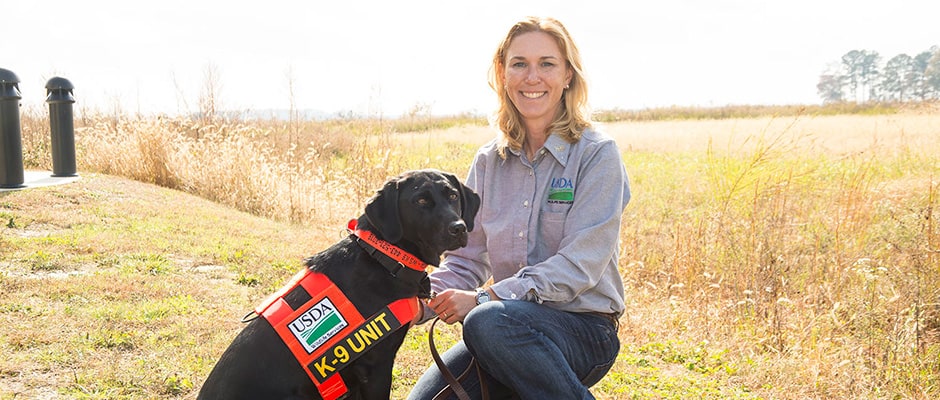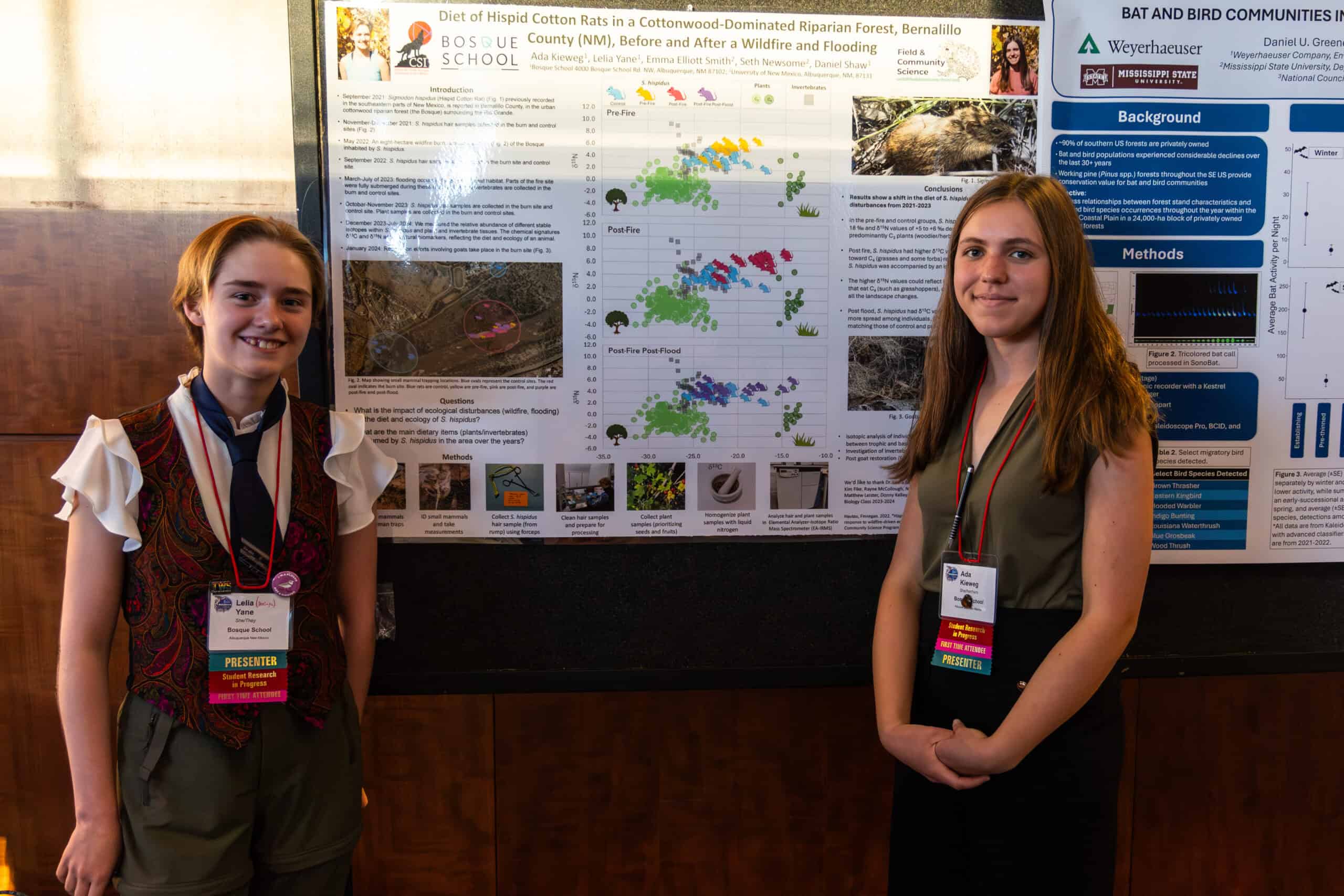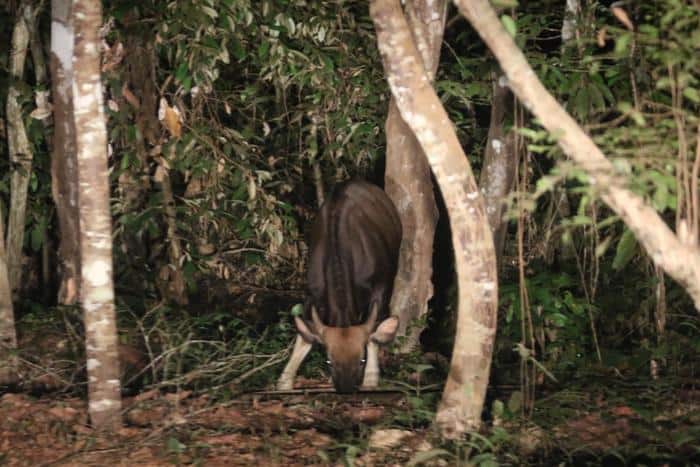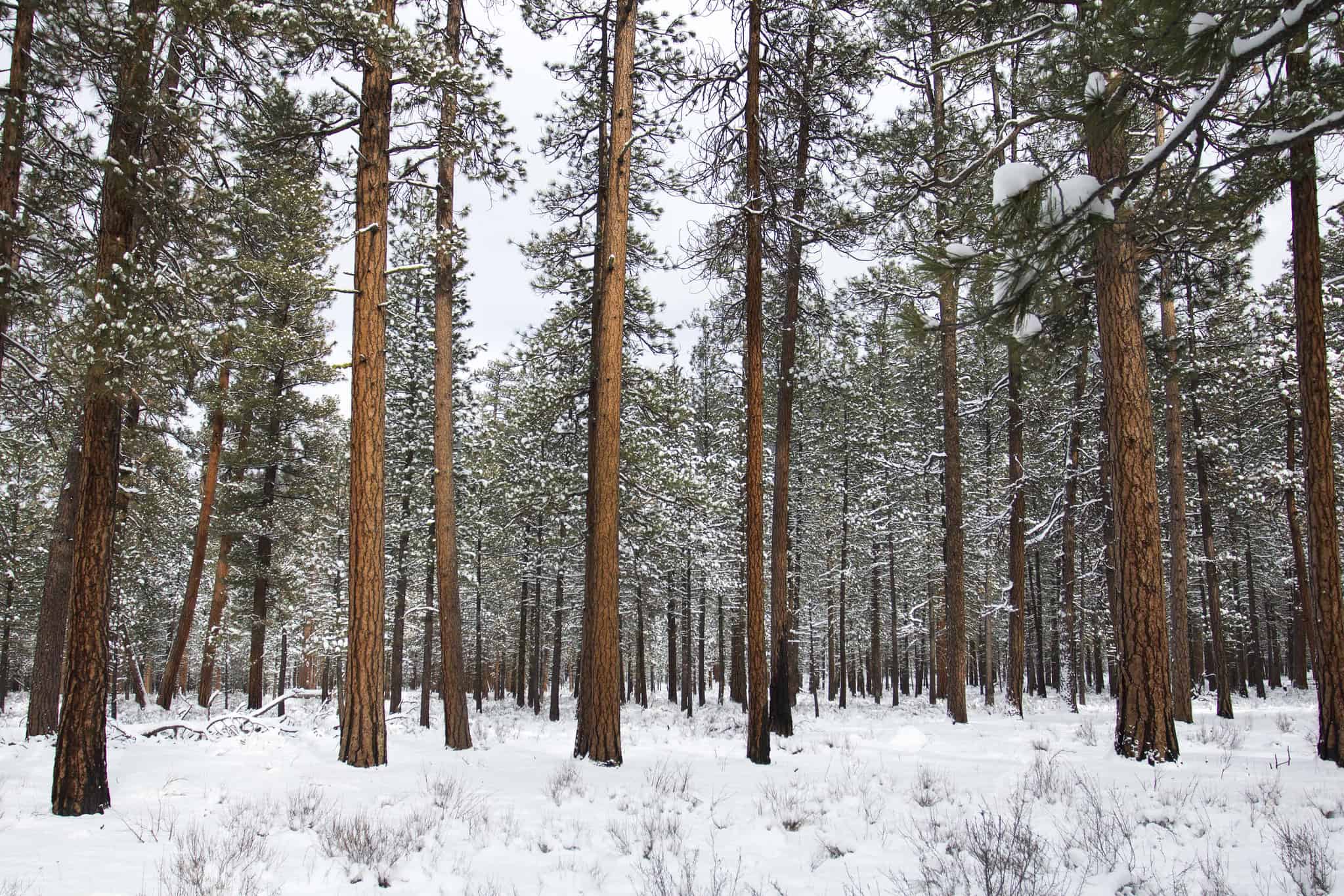Share this article
APHIS Uses Detection Dogs for Nutria Eradication
Keeva and Rex are the two newest recruits in the efforts to protect Chesapeake Bay wetlands by eradicating invasive nutria from the Delmarva Peninsula. They have been trained to detect the invasive creatures, and will be the key to accomplishing the last phase of The Chesapeake Bay Nutria Eradication Project (CBNEP). Only these two newest workers aren’t people – they’re dogs that have been trained at the National Detector Dog Training Center.
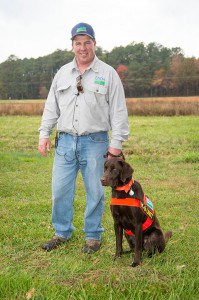
Image Credit: Anson Eaglin, USDA, APHIS
This summer, Keeva and Rex, along with their two handlers, a wildlife biologist and a wildlife specialist from USDA’s Wildlife Services program, completed five weeks of rigorous training to detect nutria scat and build handler skills. They also completed four weeks of application training in Maryland, and have now been certified to search, locate, and respond via a bark to nutria scat (feces).
Nutria are semi-aquatic rodents, similar to muskrats. Devouring up to 25 percent of their body weight in plants and roots per day, they have devastated Chesapeake Bay wetlands, turning them into barren mud flats. The spoiled marshes offer no protection to fish, shellfish, birds or other wildlife. Nutria activity accelerates erosion that smothers oyster beds and degrades Chesapeake Bay water quality. Lost wetlands increase tidal and storm flooding and subsequent damage to upland timber and agricultural areas.
Since the project began in 2002, nutria have been removed from more than 250,000 acres at the refuge and other public and private properties on the Delmarva peninsula. Now comes the beginning of the last phase of the CBNEP – eradication verification. Specifically, the dogs will help determine whether any nutria remain in areas from which they have been previously removed.
These efforts would not be possible without the help and support of many partners, including Federal and State agencies, universities, private organizations and landowners.
Read more about the Chesapeake Bay Nutria Eradication Project in the upcoming Spring 2015 issue of The Wildlife Professional.
Wildlife Services is a Strategic Partner of The Wildlife Society.
Header Image: Image Credit: Anson Eaglin, USDA, APHIS



